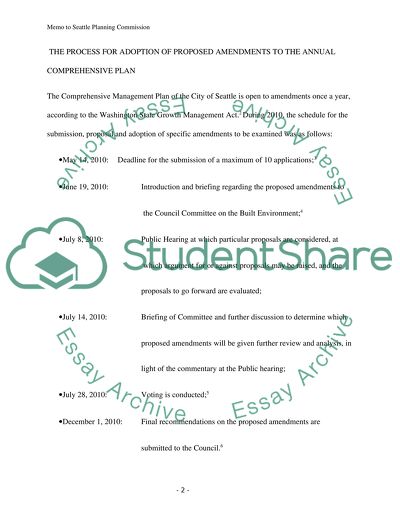Cite this document
(“Policy memo summarizing a public hearing Assignment”, n.d.)
Retrieved from https://studentshare.org/family-consumer-science/1406756-policy-memo-summarizing-a-public-hearing
Retrieved from https://studentshare.org/family-consumer-science/1406756-policy-memo-summarizing-a-public-hearing
(Policy Memo Summarizing a Public Hearing Assignment)
https://studentshare.org/family-consumer-science/1406756-policy-memo-summarizing-a-public-hearing.
https://studentshare.org/family-consumer-science/1406756-policy-memo-summarizing-a-public-hearing.
“Policy Memo Summarizing a Public Hearing Assignment”, n.d. https://studentshare.org/family-consumer-science/1406756-policy-memo-summarizing-a-public-hearing.


